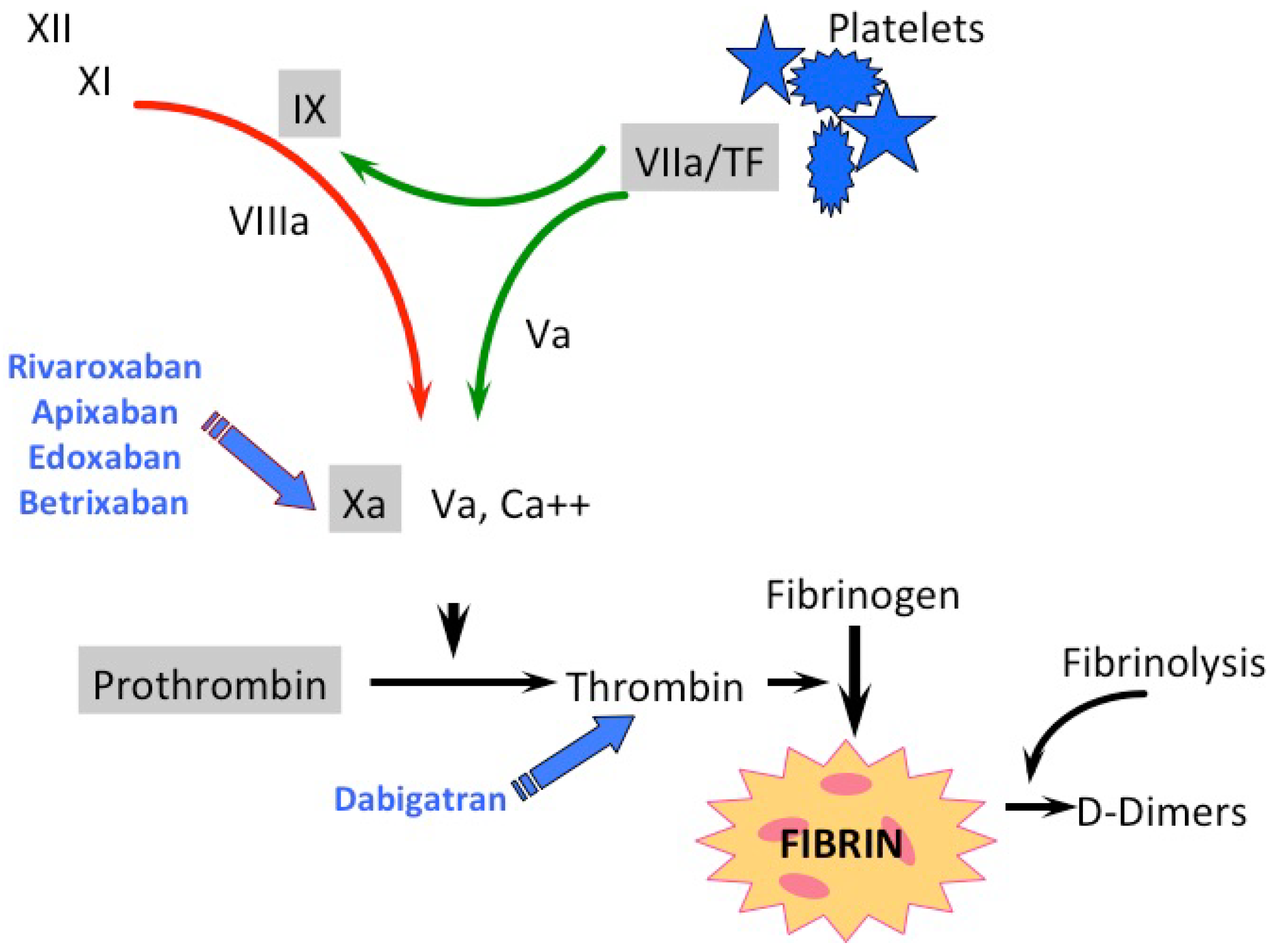What are the 3 most common anticoagulants?
In this article we will describe the 3 most common anticoagulant (blood thinning) drugs – starting with the oldest, aspirin.
Blood thinners limit coagulation, which prevent blood clots from forming. These include antiplatelet and anticoagulant drugs.

Blood thinners do not actually thin or change the viscosity of blood. But they are able to prevent clotting, which means they are used to help people, with a:
- Arterial blood clot – e.g. stroke, heart attack or clot in arm or leg
- Venous blood clot – e.g. deep vein thrombosis (DVT) or pulmonary embolus (PE)
- New heart valve
- Abnormal heart rhythm.
So. We will now go through the most commonly prescribed blood thinners.
Antiplatelet drugs
These work by preventing blood platelets from clumping.
1. Aspirin (and Ticagrelor, Prasugrel and Clopidogrel)
Anticoagulants
Low molecular weight heparins (LMWH; given as a subcutaneous injection, short or medium term treatment; do not require regular blood tests)
2. Enoxaparin (and Dalteparin)
Direct oral anticoagulants (DOACs) (tablets; long-term treatment; do not require regular blood tests)
3. Apixaban (and Dabigatran, Edoxaban, Betrixaban and Rivaroxaban)
DOACs work by interfering with something called the coagulation cascade, and inhibiting clotting factors such as Factor Xa and Factor IIa.
 How DOACs work
How DOACs work
Other drugs
Vitamin K antagonist (given as a tablet; long-term treatment; requires regular blood tests to check dose is correct)
Warfarin
Warfarin, the oldest anticoagulant drug, decreases blood clot formation by reducing the body’s level of vitamin K1, which regulates blood clotting.

